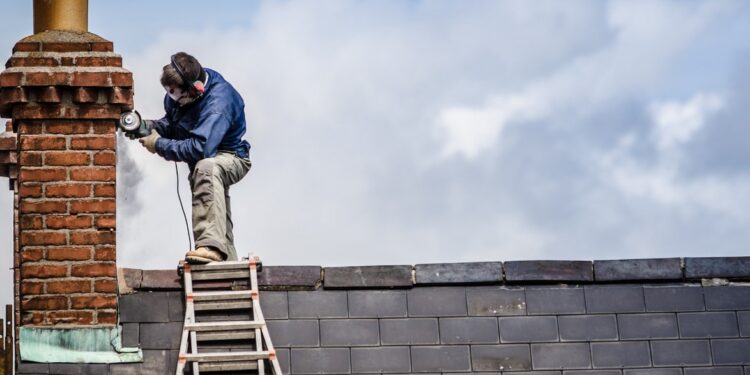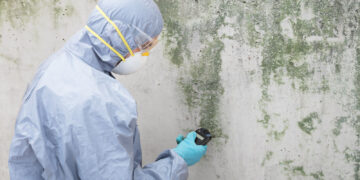Maintaining a chimney is one of those chores hardly anyone enjoys doing, but it is of utter importance either to hire someone capable of doing what needs to be done or work your way up to your chimney on your own steam. Even though regular maintenance should both be done before the heating season starts, and after it ends, if some warning signs persistently keep coming from your chimney, you should not turn a blind eye to them, but do something about it as soon as possible. Therefore, read the following lines and learn how to recognize the warning signs something is wrong and make sure nothing but exiting smoke is what flows through your smokestack.
1. Efflorescence
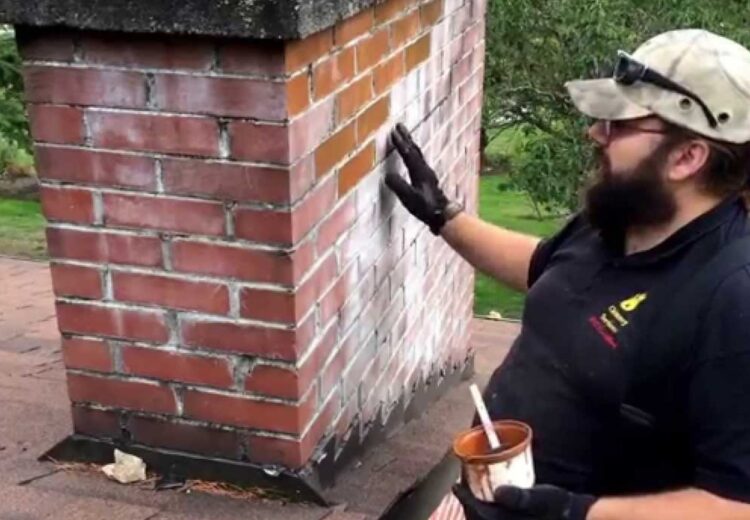
Although your chimney might appear all tall and mighty, there are particular details you might want to focus your full attention on to fix any potential culprits causing trouble and prevent any further negative consequences. Now, efflorescence, or white staining, as others like to address this particular issue, is what happens when the moisture from chimney structure reaches high levels, so it reacts with the smoke coming from the interior space. Fortunately, the aesthetics of chimneys affected by white staining can easily be brought back to their former looks, since all you need to do is make a simple effort and the stains will go away. On the other hand, they will return in the same fashion, due to the humidity, the initial reason for stain occurrence. Therefore, what you should do is focus on fighting the moisture of the masonry, since it might cause not only further efflorescence to your chimney, but also endanger the stability of the whole structure, especially if left untreated for long periods.
2. Damaged Mortar Joints

We should emphasize that although your chimney might appear flawless from the outside, you should pay attention to its interior wellbeing as well, especially because it is of utter importance to secure any potential malfunctions are dealt with as soon as possible. Also, you should know that the insides of a chimney are most frequently reinforced with mortar, which acts as an insulator for the conducted smoke. Now, mortar changes its volume when exposed to extreme temperatures, which can cause particular joints to crack, allowing humidity and smoke to mix and cause additional deterioration if the issue is not treated in a timely matter. Otherwise, the whole chimney structure can collapse if you ignore the problem as it shows up and hints something is wrong since these types of malfunctions do not fix by themselves, moreover, they can only get worse and cause additional harm both to the chimney and to surrounding parts of masonry.
3. Clogged Passage
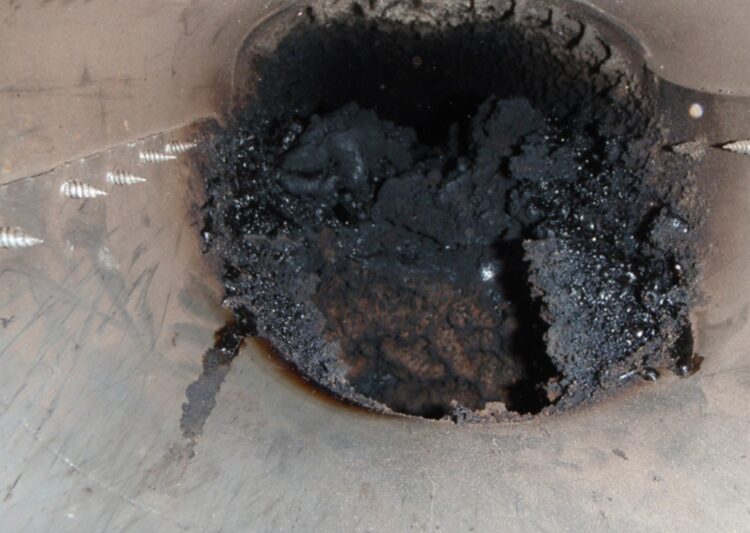
One of the easiest ways to notice that your chimney does not function as smoothly as it should is when the smoke does not exit the opening at the end of the chimney, but partially or completely returns from where it came from. Unfortunately, this type of malfunctioning often implies something is terribly wrong and that you will not be able to use the chimney until the problem is solved. When clogged chimneys are in question, a particular physical barrier is what usually causes the blockage, thus, someone needs to remove it so the chimney becomes operational again. If you notice a bird’s nest at the top of your chimney, you might guess the answer to the problem easily, but the catch is to identify the problem when no evident guidelines are pointing towards the issue. Therefore, check this and learn about possible solutions and find an additional piece of advice on how to make your chimney operational the easiest way.
4. Smoky Chimney Smell
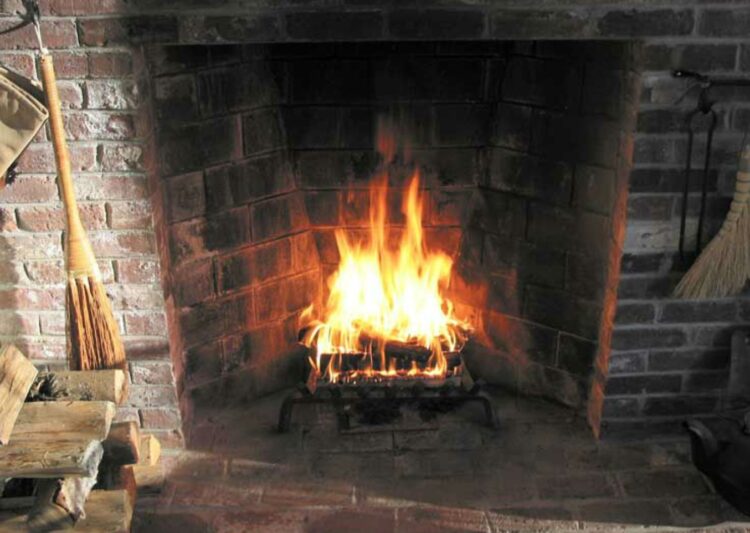
We all know how comforting a smell coming from a warm fireplace can be, but that feeling should remain reserved only to situations when the fire is burning, right? Unfortunately, some chimneys spread particular smells even when they are not lit. Even though the smoky smell can be constant, sometimes your chimney might start radiating the aroma after rainfall or any other sudden atmospheric pressure change. Without further ado, you should call the pros and explain the problem to them, or try handling the situation on your own. On the one hand, fixing the issue on your own might cost a bit less, but on the other, it might take you on some unplanned cleaning adventures and cause additional damage to the chimney structure if you stick your nose where it does not belong.
5. Impossible to Start a Fire
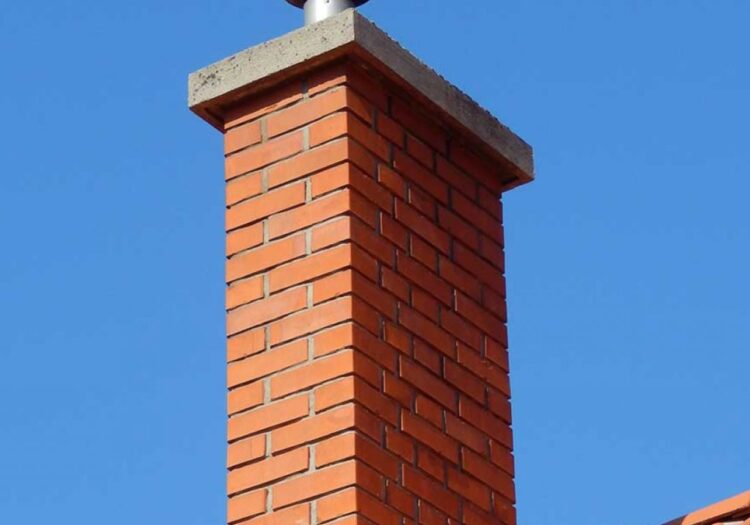
The main purpose of a chimney is not solely to conduct the smoke from one place to another, moreover, it should supply the passage and the circulation of air necessary for the fire to burn. Without proper ventilation, it would be almost impossible to start a fire and maintain it adequately, since oxygen potentiates combustion. In most cases, sweeping a chimney will help, but sometimes you will need a touch of a pro hand in order for the issues to be fixed. This is particularly the case when a chimney is not frequently used, so the accumulation of various origins builds up and clogs the passage, resulting in minimalized or totally obstructed air circulation. Depending on the source of the issue, further moves should be drawn, thus, we suggest operating with cation, not solely for your own, but also for the safety of the chimney.
Hopefully, the aforementioned pieces of information and suggestions will help you keep your chimney as functional and clean as possible, but do bear in mind that sometimes, particular issues surpass what meets the eye. Therefore, you might rather consider spending a few bucks more on professional service and enjoy both happy and warm times a chimney can provide, than rely on your instinct and mess with things you are not really proficient with. Either way, the choice is yours, so try to pick the most ideal solution that will keep you warm and satisfied, while you contentedly rub your hands, unstained by chimney accumulated charcoal.

